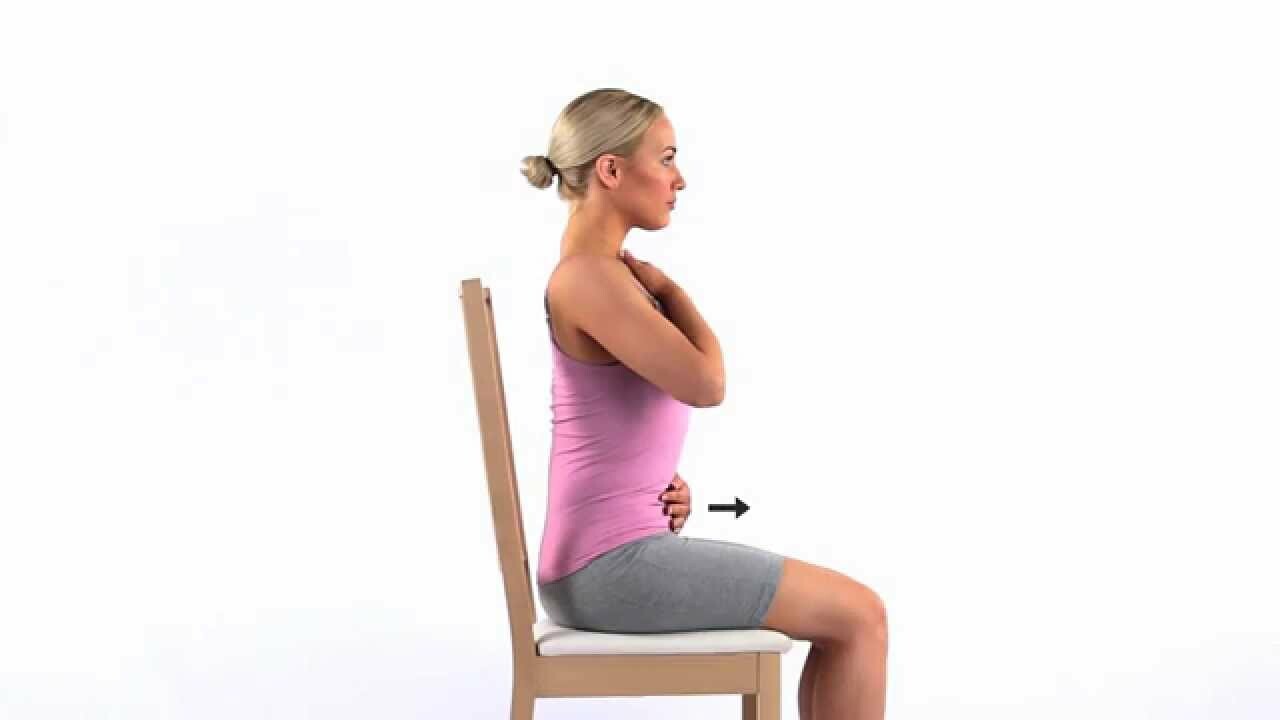
Everyone struggles with anxiety from time to time, and many of us have a much bigger/daily struggle with it. Anxiety often starts small and tends to fill your life, restrict it, and then it can spiral into something that is much more debilitating and damaging.
But it doesn’t have to!! Here are three simple things that you can do to improve your life and restore calm.
GROUNDING
 First of all, you need to ground yourself. When you have a flare, you need to bring yourself back down to earth!
First of all, you need to ground yourself. When you have a flare, you need to bring yourself back down to earth!
A simple grounding technique is this:
- Look around and name 5 things that you can see.
- Then name 4 things that you can touch or “feel” on your body.
- Name 3 things that you can hear.
- Sniff the air and name 2 things that you can smell.
- Lastly, name 1 thing that you can taste.
DIAPHRAGMATIC BREATHING
The second thing to d o, is to practice breathing. Often when we struggle our breathing becomes quick and we tend not to breathe deeply enough. We generally breathe with our “chest” and not our diaphragm, which is a large, dome-shaped muscle at the base of the lungs. Diaphragmatic breathing (also referred to as abdominal or belly breathing) helps the full exchange of oxygen-more oxygen in and more carbon dioxide out. This type of breathing slows the heartbeat and can lower or stabilize blood pressure.
o, is to practice breathing. Often when we struggle our breathing becomes quick and we tend not to breathe deeply enough. We generally breathe with our “chest” and not our diaphragm, which is a large, dome-shaped muscle at the base of the lungs. Diaphragmatic breathing (also referred to as abdominal or belly breathing) helps the full exchange of oxygen-more oxygen in and more carbon dioxide out. This type of breathing slows the heartbeat and can lower or stabilize blood pressure.
Here is how to learn to do it correctly:
- Sit in an upright but comfortable position.
- Place one hand on your upper chest and one on your belly, just below your rib cage.
- Breathe in slowly through your nose, without raising your shoulders or expanding your chest. You should feel your belly expand. This may take some practice and time to get this right. Count to four as you breathe in.
- Hold your breath for four counts.
- Breathe out through your mouth as you tighten your belly and allow it to fall inward towards your back bone. Count to four as you breathe out.
Repeat this breathing until your heart rate slows down, your breath stabilizes and you feel a sense of calm. As you become better at this, lengthen the counts to 6, 8 or even more. This mindful breathing can be practiced four or more times per day and over time can change the brain from the sympathetic response (fight, flight, freeze) to the parasympathetic (rest and digest).
MANAGE YOUR THOUGHT PATTERNS .
. The third thing is mindfulness. Our brains “listen” and respond to our thoughts by creating new pathways. If we want to build a healthy brain, we need to be aware of negative thought patterns and replace them with healthy ones. Often when you are struggling with anxiety, negative thoughts will repeat themselves… so you are, in fact, building negative pathways in your brain. Now, here is one complication… you simply cannot resolve to not think negatively. Instead, you need to create positive thought patterns to REPLACE the faulty ones. One of the simplest ways to do this is to create a “power statement” that is completely opposite of that negative thought. It cannot, however, contain the negative word or refer to it.
Here are 4 simple steps to changing your thought patterns.
1. Define the negative thought.
2. Find one or two opposite thoughts to that.
3. Form a power statement starting with “I am” IE: I am strong. I am balanced. I am focussed.
4. Repeat that to yourself OUT LOUD throughout your day. Your brain hears spoken words differently from thoughts so repeating this out loud works even better than “thinking” the power statement. This will begin to develop new neural pathways and will change the brain in a positive manner.
All of these techniques are strategies that I have used and still use to restore calm and support health in my life.
If you liked this blog post, you will love my guide: 5 ways to find more energy and regain your strength. Check it out here. 
 First of all, you need to ground yourself. When you have a flare, you need to bring yourself back down to earth!
First of all, you need to ground yourself. When you have a flare, you need to bring yourself back down to earth!  o, is to practice breathing. Often when we struggle our breathing becomes quick and we tend not to breathe deeply enough. We generally breathe with our “chest” and not our diaphragm, which is a large, dome-shaped muscle at the base of the lungs. Diaphragmatic breathing (also referred to as abdominal or belly breathing) helps the full exchange of oxygen-more oxygen in and more carbon dioxide out. This type of breathing slows the heartbeat and can lower or stabilize blood pressure.
o, is to practice breathing. Often when we struggle our breathing becomes quick and we tend not to breathe deeply enough. We generally breathe with our “chest” and not our diaphragm, which is a large, dome-shaped muscle at the base of the lungs. Diaphragmatic breathing (also referred to as abdominal or belly breathing) helps the full exchange of oxygen-more oxygen in and more carbon dioxide out. This type of breathing slows the heartbeat and can lower or stabilize blood pressure.  .
.









0 Comments